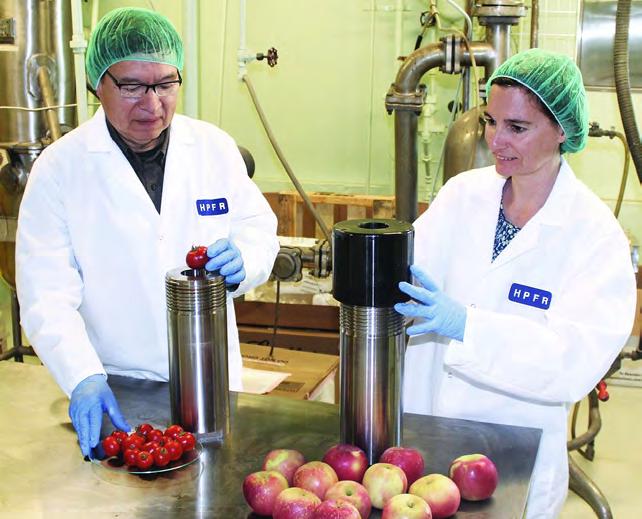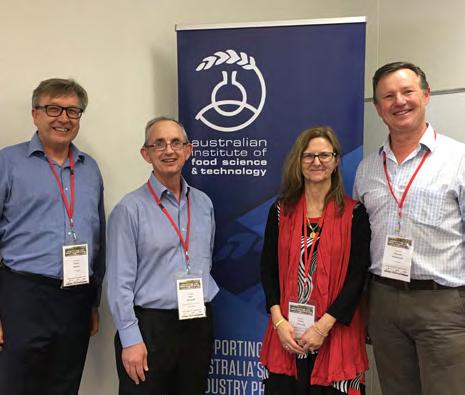FEATURE
Food and nutrition: a new senior subject for Queensland schools Words by Melissa Fitzgerald
S
enior schooling changed in Queensland in 2019 when the state adopted the Australian Tertiary Admission Rank (ATAR) along with a new syllabus. The first cohort of Queensland students with an ATAR will graduate in 2020. The ATAR was first introduced in Australia in 2009 by Julia Gillard when she was the Federal Minister for Education. The ATAR score is used by universities and tertiary education programs as the qualification to enrol in a course. Queensland is the last state to transition to the ATAR, and now all states and territories are using the system. The ATAR is a finer-grained rank order of students than the Overall Position (OP) which was used in Queensland until now. The ATAR is a number between 0.00 and 99.95, with increments of 0.05, whereas the OP consisted of 25 bands. The ATAR follows the same principles as the OP, in relation to the performance of one student relative to the student body, but it differs from the OP in the assessment that is used to calculate the ATAR.
Changes to assessment The Queensland Curriculum Assessment Authority (QCAA) has developed a new system of assessment that is aligned with all the other states and with the ATAR requirements. The new Queensland Certificate of Education (QCE) system requires students to sit three internal assessments and one external assessment over years 11 and 12. The internal assessments contribute
32 food australia
75 per cent towards a student’s final subject result. All internal assessments are endorsed by QCAA for quality control and benchmarking and the assessments are marked using an instrument-specific marking guide (ISMG), that is provided in the syllabus. The external assessment is worth 25 per cent of the total mark. The external assessment will be: • Common to all schools • Administered in the same conditions, at the same time on the same day • Developed and marked by QCAA, according to a commonly applied marking scheme. Implementation of an external assessment is new to the Queensland senior syllabus. The external assessment will be based on units 3 and 4 or only unit 4 of the syllabus, and will be held in term 4 of year 12.
The new syllabus In undertaking the change to assessment, the QCAA also undertook a significant revision of the senior syllabus. This revision led to the development of a new senior subject called Food and Nutrition that is housed within the Technologies portfolio. It is an authority subject that will contribute to the ATAR. The syllabus for the new Food and Nutrition subject was written by a team of home economics teachers and academics in food science and technology from the University of Queensland. It provides up to four of the 20 required QCE credits and contributes to the student’s final ATAR score.
Each new syllabus consists of four units. For Food and Nutrition, these are: 1. Food science of vitamins, minerals and protein 2. Food drivers and emerging trends 3. Food science of carbohydrates and fats 4. Food solution development for nutrition consumer markets. The syllabus is organised in this way to enable composite classes of year 11 and 12 students to be taught concurrently. In practice, year 11 students in the classroom would be learning unit 1, while year 12 students in the same class would be simultaneously learning unit 3, with the same thing happening for units 2 and 4. As students work through the units, they increase in complexity. Figure one shows the structure of the Food and Nutrition course and the information that is contained within each unit of learning. In units 1 and 3, students will explore different macro and micro-nutrients in food, and how each component impacts functional properties, preservation, safety and nutritional value. In unit 2, students will explore FSANZ, food legislation, and food safety, as well as different methods of sensory profiling, lexicon development and the association between sensory attributes and food components. In unit 4, students will explore food formulations, reformulations to reach health claims and reformulations for different market cohorts such as gluten free or elite athlete. Finally,

















